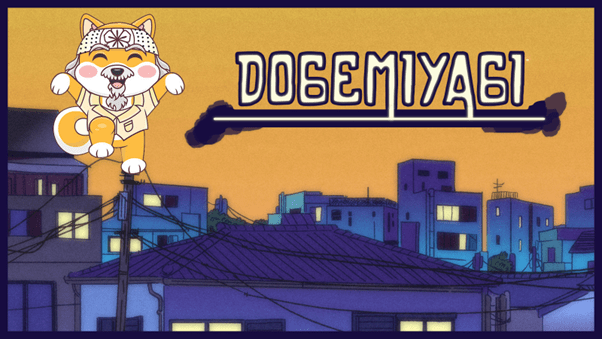Decentralisation is a fundamental principle in blockchain technology aimed at distributing control and decision-making power across a network of participants. Both Avalanche and Solana are blockchain platforms that incorporate various features to enhance decentralisation. Many would consider them to be good models of decentralisation for other coins. With DogeMiyagi (MIYAGI) in the early stages of its crypto presales, what could it learn from how Solana and Avalanche have adapted decentralisation into their platforms?
How Does Avalanche Make Most Of Decentralisation?
Avalanche utilises a concept called subnets, which are independent blockchain instances that can have their own set of validators and rules. This allows for multiple chains to operate in parallel, increasing scalability and reducing congestion on the network.
Another way in which Avalanche utilises decentralisation well is through its validator sets. It implements a consensus protocol known as Avalanche consensus, which relies on a set of validators to reach an agreement on the state of the network. Validators are chosen based on stake-weighted voting, ensuring that no single entity can control the consensus process.
In addition, the Avalanche platform incorporates a decentralised governance model where token holders can participate in decision-making. This allows the community to propose and vote on protocol upgrades, ensuring that the network evolves in a decentralised manner.
Solana’s Use Of Decentralisation Feels Unique
Solana introduces a unique feature called Proof of History, which provides a verifiable and permissionless source of time for the network. This allows validators to agree on the order of events without relying on a central authority, promoting decentralisation.
Solana utilises a Proof of Stake consensus mechanism where validators are selected based on the number of tokens they hold and are willing to “stake” as collateral. This incentivises validators to act honestly and secures the network without the need for resource-intensive mining.
Solana’s architecture enables the network to dynamically adapt and optimise its resources based on demand. This feature allows for automatic load balancing and prevents concentration of power, fostering a more decentralised ecosystem.
Both Avalanche and Solana prioritise decentralisation by incorporating features that aim to distribute control, promote fair participation, and prevent single points of failure. These features contribute to the scalability, security, and overall resilience of the networks, enabling them to support a wide range of decentralised applications and use cases.
So What Can DogeMiyagi Bring To The Table?
Taking inspiration from the renowned Dogecoin and drawing wisdom from Miyagi’s teachings, Dogemiyagi has established a thriving community centred around its cryptocurrency rooted in memes. Dogemiyagi’s triumph lies in its decentralised framework, enabling active engagement and contribution from community members. By eliminating a centralised authority, decision-making power is distributed, fostering a sense of ownership and participation, executed by being a DAO.
The community actively promotes the submission and voting on proposals, fostering a resilient collaborative environment where every individual’s voice is heard. The decentralised nature of Dogemiyagi fosters a profound sense of belonging, as community members actively participate in shaping the future of the currency.
For more about DogeMiyagi:
Website: https://dogemiyagi.com
Twitter: https://twitter.com/_Dogemiyagi_
Telegram: https://t.me/dogemiyagi
Disclaimer: This is a paid release. The statements, views and opinions expressed in this column are solely those of the content provider and do not necessarily represent those of Bitcoinist. Bitcoinist does not guarantee the accuracy or timeliness of information available in such content. Do your research and invest at your own risk.
